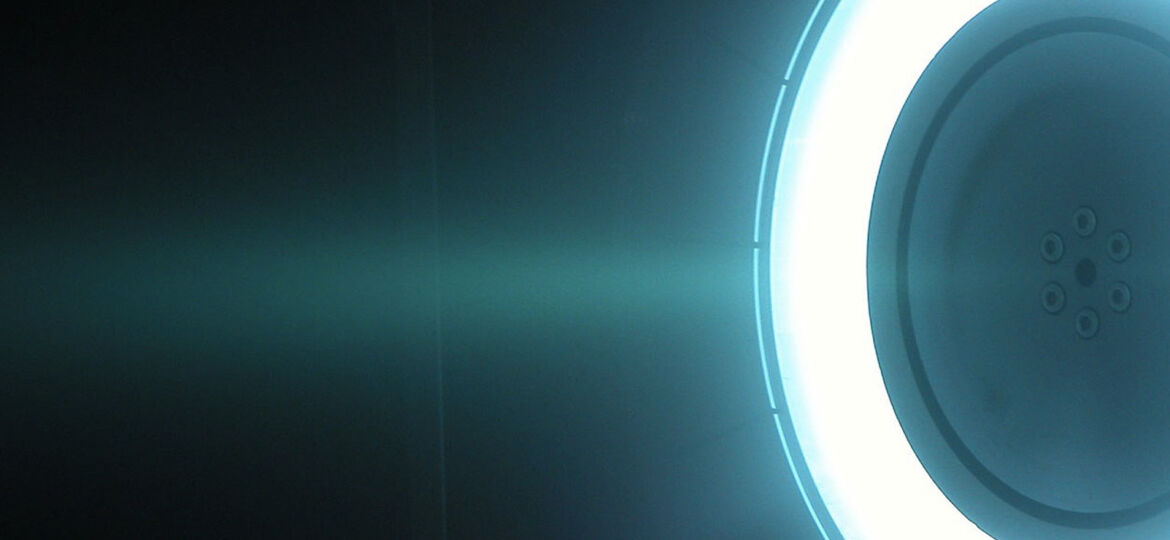
WHY THIS MATTERS IN BRIEF
Scientists have demonstrated that an impossible space drive that doesn’t need fuel and that defies physics might actually work, if true then it opens up new possibilities for space exploration.
An experimental propulsion system that seems to violate the laws of physics may actually work, a new NASA study suggests.
A controversial and puzzling engine design known as the “EmDrive” generated small amounts of thrust in a lab test, NASA researchers reported in the study, which has yet to be published or peer reviewed but was leaked online this week.
The EmDrive, which was developed by British researcher Roger Shawyer more than a decade ago, generates thrust by bouncing microwaves around inside a cone-shaped chamber. According to Newton’s Third Law of Motion— for every action, there is an equal and opposite reaction — this shouldn’t work, because there’s no exhaust expelled out of the EmDrive system.
But the NASA team, led by Harold “Sonny” White of the agency’s Johnson Space Center in Houston measured some thrust. Specifically, their EmDrive variant produced about 1.2 millinewtons of force per kilowatt of energy. That’s about 100 times more thrust than solar-sailing spacecraft, which harness the momentum of photons streaming from the sun, are able to achieve, White and his colleagues wrote.
Like solar sails, the EmDrive is revolutionary in its design because unlike today’s liquid oxygen fuelled rockets it doesn’t require propellant. As a consequence, a spacecraft equipped with this propulsion system could generate all the microwaves it needs using solar panels. So the EmDrive could make space travel much cheaper and faster, theoretically opening up the heavens to greater exploration, advocates have said.
But, don’t get too excited yet, that’s a long way from happening, if it happens at all. The new study is just a proof of concept, and further testing is needed to definitively rule out all possible sources of experimental error, White and his team said. For example, it’s possible that air within the EmDrive system could have heated up and expanded, causing some of the observed effect, the researchers wrote.
But the new result is the latest in a series of apparent successes for EmDrive technology. Shawyer reported generating thrust with his version, as did Chinese researchers who tested their own variant in 2012. And White and his colleagues reported a positive result back in 2013 as well.
So this seemingly impossible engine may actually work – perhaps by somehow harnessing the energy of subatomic particles that are constantly popping into and out of existence, White and his team have speculated.

















[…] for an engine that was, up until recently, only theoretical – like the fabled ”impossible” EM drive, that’s not bad. But the news doesn’t stop there – the ions that the engine’s […]